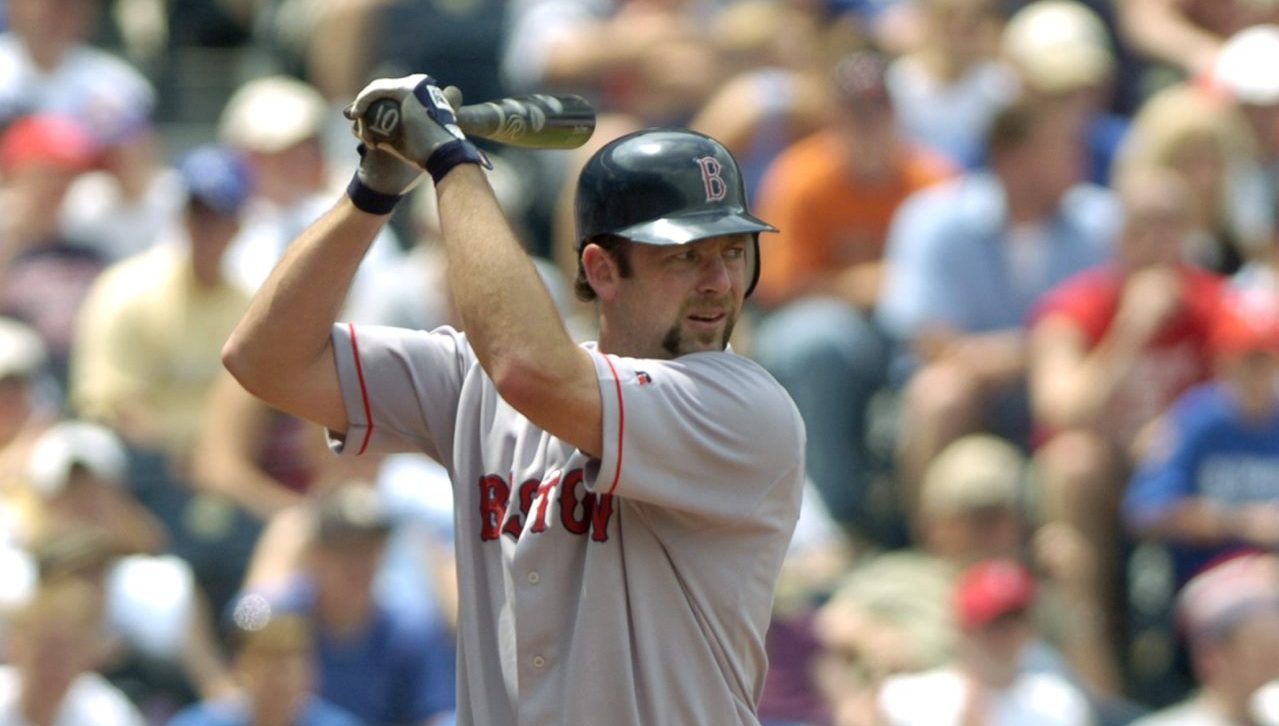At the start of the skiing and riding season, trauma physicians from the Dartmouth-Hitchcock Medical Center are sharing the takeaways from a new study into helmet use among skiers and riders.
"They protect against things that are completely preventable," Dr. Eleah Porter, the study's lead author, said of helmets.
Porter and her colleagues at Dartmouth-Hitchcock's trauma center say helmets can provide a critical buffer against skull fractures and certain spine injuries, but the physicians remind skiers and riders the gear doesn't make them invincible.
"Just like a seatbelt, helmets have limitations," Porter cautioned.
Studying more than 700 injured skiers and riders brought to DHMC over eight years from 35 ski areas in New Hampshire and Vermont, the trauma physicians found even those in helmets could suffer severe injuries, including internal bleeding in the head.
"We know they protect against some things," Porter said of helmets. "They protect you against cracking open your skull, they protect your neck from injuries, but they may not protect you from having bleeds on your head, and that's an important thing to consider."
The DHMC study has two main takeaways.
Local
In-depth news coverage of the Greater Boston Area.
First, just because you're helmeted doesn't mean you don't need to be evaluated by a professional after a bad bump or crash, Porter said. Second, know your limits. The trauma physician said you should stick to terrain that matches your skill level, and control your speed, the trauma team advised.
"You should wear a helmet, but you should also ski within your ability," Porter said. "You have to ski safely. You have to ski within your abilities."
Nationally, more than half of people killed in the 2017/2018 skiing and riding season were wearing helmets, according to the National Ski Areas Association.
That season, 37 skiers and riders died, the NSAA wrote in a report last year. Most of them were men under the age of 30 on intermediate terrain, the NSAA tally showed.
As a comparison, the National Weather Service has reported lightning kills an average of 49 people per year. However, in recent years, fewer people than that average have died from lightning strikes, according to NWS data.
The skiing and riding industry has prioritized safety and public education. The NSAA says more than 80 percent of skiers and riders today wear helmets, compared to just a quarter or so at the beginning of the millennium.
The High Fives Foundation, a California-based non-profit working to prevent life-changing injuries in outdoor sports, has a campaign urging helmet use, including a new PSA which urges winter sports enthusiasts to "Be safe, rock a helmet."
Ski patrol directors like Sean Gryzb at the Middlebury College Snow Bowl push protection, too.
"I'd like to see everyone wear a helmet," Gryzb said in an interview with necn and NBC 10 Boston in January of 2017. "It may be the difference between a mild concussion and no concussion."
Back at the hospital, Dr. Porter knows a bonus to helmet use not covered in her study—they help keep you warm.
"I think the good news is skiing is very safe," Porter added, encouraging people to ski and ride in helmets and on terrain they're ready for.



